Introduction
To understand the linguistic landscape across metro Atlanta, I chose to focus my research on Plaza Fiesta, an indoor shopping mall with market stalls on Buford Highway that highlight Spanish, Latin-American, and Mexican culture and cuisine. Buford Highway begins just north of Midtown Atlanta in DeKalb County and runs northeast through Brookhaven, Chamblee, Doraville, and Norcross, in Fulton and Gwinnett counties, and is home to many multicultural businesses, from the stores in Plaza Fiesta to Asian Square and beyond; there is an abundance of multilingual signage, services, products, and food that correspond to specific cultures. In fact, Buford Highway is widely known for having a delicious variety of provisions.
The location of this project, Plaza Fiesta, is situated on Buford Highway in the Ashford Park neighborhood just east of Brookhaven and south of Chamblee. In Plaza Fiesta I am focusing on the differences between the shops located on the main strip within the mall versus the shops on the aisles that branch off from the main strip. I was interested in determining if location affects who frequents these establishments. I also wanted to analyze how location in the Plaza relates to the use or lack of signage and what languages are present in signs. Additionally, studying what is sold allowed me to determine who the audience is and if the region is multi or monolingual.

Research Design
Using a map of Plaza Fiesta, I gathered a sense of what the outer businesses were versus the ones on the main strip. Although I initially wanted to place each business in its respective spot on the map, the directory did not provide enough information to pinpoint each location. At the Plaza, only a few of the shops had a visible notation with a letter and number that corresponded with the floor plan. As a result, I shifted the focus to what I observed on the main drag versus the side aisles to develop an overall understanding of the differences between the establishments. After figuring out where the shops were, I observed the differences in products being sold in the main hall versus the small alleys that branched off from it. I noticed the prevalence or lack of signage in each location and what language the signage used. While I did not document every sign in the Plaza, my observations in each of these locations allowed me to ascertain why signs were or were not present, understand to whom Plaza Fiesta caters, and determine what language(s) are most used there.
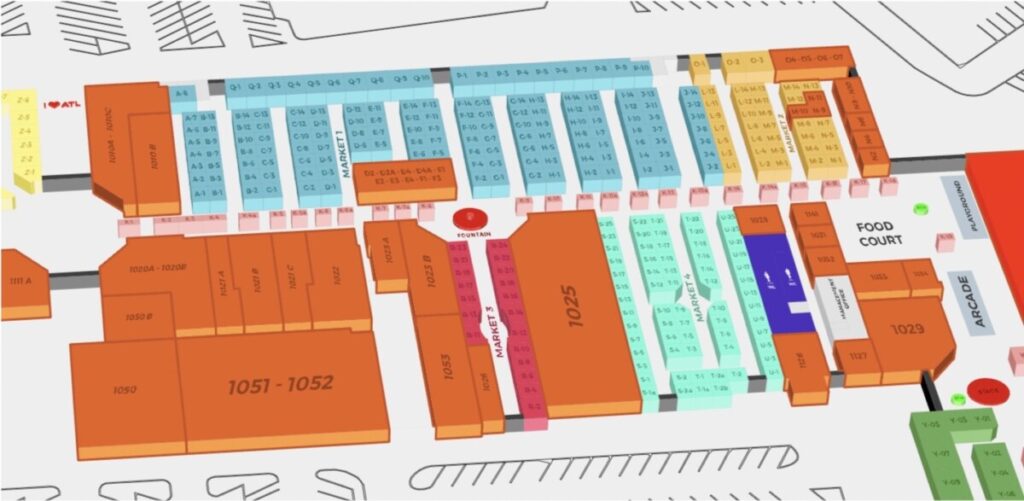
Results
When first entering Plaza Fiesta, one immediately notices the vibrant colors adorning the kiosks and ceilings. I began in the main hall, walking around and taking note of the immediately visible businesses. Many of them pertained to food and snacks, such as ice cream, fresh fruits with spices, cakes, and pastries, and some savory items. As you walk further into the central part of the Plaza, some stores sell other items, such as a big sports store and a store with western wear. All these businesses had signage of some sort. The signs were usually in Spanish, but some signs had general descriptions in English, such as “Western Wear.” The food court, at the far end of the main strip, was where one would find options for complete meals rather than just snacks. They had extensive menus, mainly in Spanish, but there was more English on the menus than I otherwise observed in the Plaza (Post about menus). The signs were durable except for some difficult-to-read notices posted on computer paper.
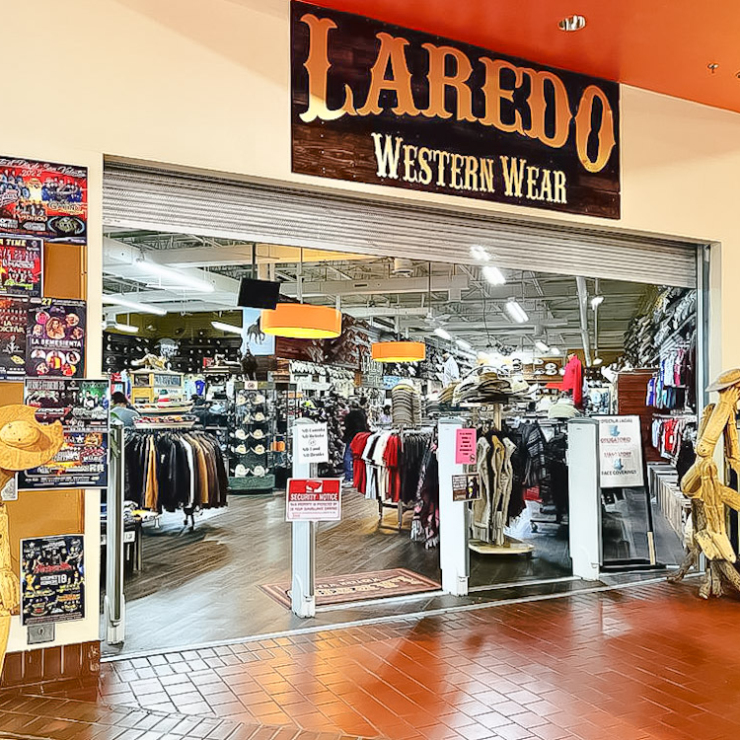
Then, when entering the side alleys, there were many products on display. These side alleys offered many things for sale, from fancy dresses and leather shoes to an entire store dedicated to cake toppers and party supplies to a copious amount of nativity and religious emblems. There was often an abundance of goods down each aisle, and there was little to no signage to indicate what things were. There was also almost no food down these alleys; instead, there were just goods. I tried to look for signage that advertised what was being sold but could not find much. The little signage that was there was in Spanish. These businesses that focused on selling specific goods were much more common in the overall Plaza even though they were placed on the side aisles off the main strip. Many of these stores even sold the same items. For example, there were at least four shops that sold fancy dresses. It was interesting to see the repetitiveness in offerings across the Plaza.
There were some other businesses on these side streets, such as tattoo parlors, barbers, nail salons, and even currency exchange offices. These were a little different than the types of things found on the main strip, but they were more sporadic and not as commonly found. One thing all the businesses had in common, regardless of location, was the use of color. Bright and vibrant colors were everywhere in the Plaza (Post about color in Plaza Fiesta). When signs were present, they were made from solid materials and held up well over time. There were some exceptions, especially in the food court on the main strip, but overall, they seemed durable. They also used many colors and had large bold fonts to draw people.
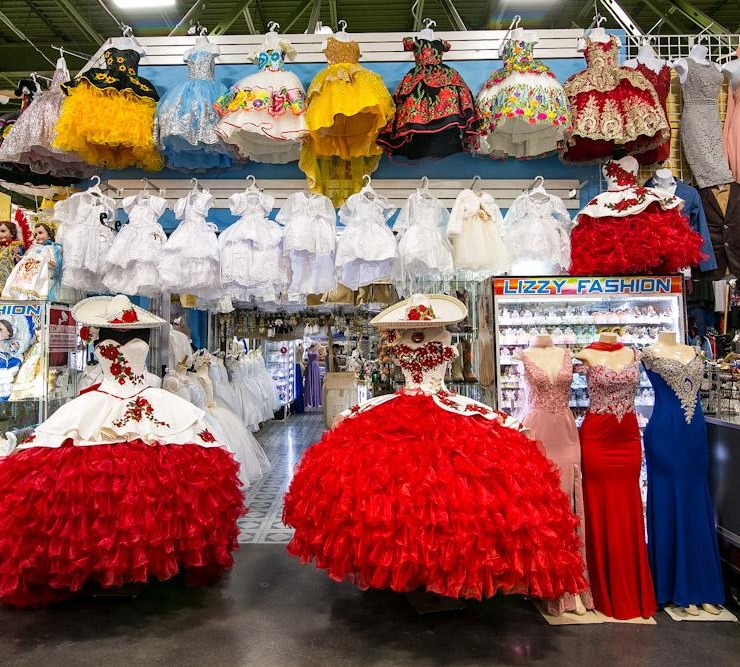
Analysis & Discussion
After our class trip to Plaza Fiesta and noticing the differences in-store locations, I began wondering if the layout of the Plaza had been planned strategically to put food at the heart and smaller souvenir stores on the outskirts. I also saw little to no signage for the stores in the alleys, while there seemed to be a lot of advertising for the businesses on the main drag. I began to wonder why that might be. Did the products speak for themselves? Would a sign even be able to characterize everything in the store? It seemed that the products did often speak for themselves. Many of the stores on the side streets sold different types of the same things, such as dresses or shoes, so it was apparent from the first glance what most products were. However, the main strip had items that were not always easy to decipher. Many different items were sold at one stand, making it difficult to ascertain what some things were. For example, the first snack stand at the plaza entrance is lined with snacks that do not have labels, and many of these were unfamiliar, to me at least. Signs allow people to understand what is offered at these shops. Even though signs cannot cover all the copious items found at these stands, they provide some information to help people find what they need. Furthermore, signs seemed more necessary on the main drag to generalize the widespread offerings, whereas, on the side streets, it was simpler to determine what the shops had.
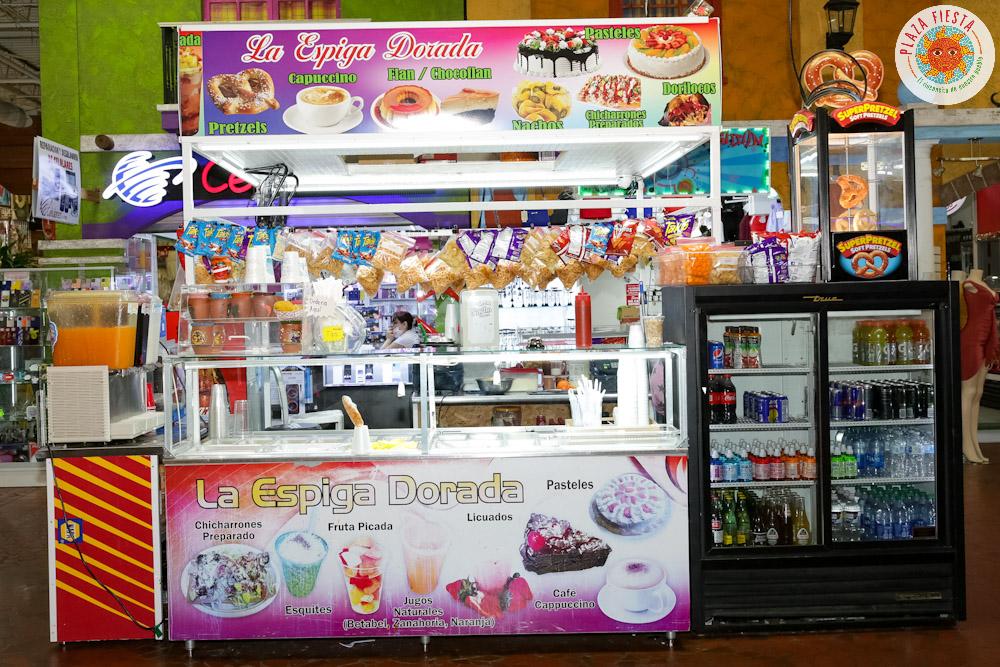
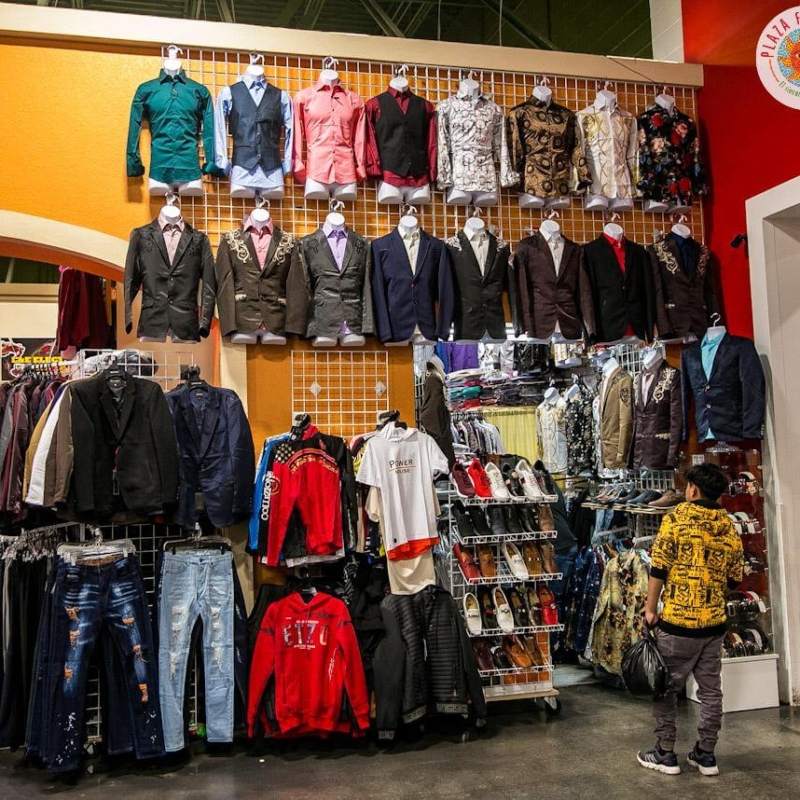
After observing the environment at Plaza Fiesta, I began to think about what could be studied if one were to take a deeper dive into its linguistic landscape. One could study how these businesses with such specific products stay open when so many stores offer the same products. One could interview employees at Plaza Fiesta and ask them about their livelihoods, who their customers are, and the significance of their products. Collecting this data would allow researchers to determine how a unique store can remain in business.
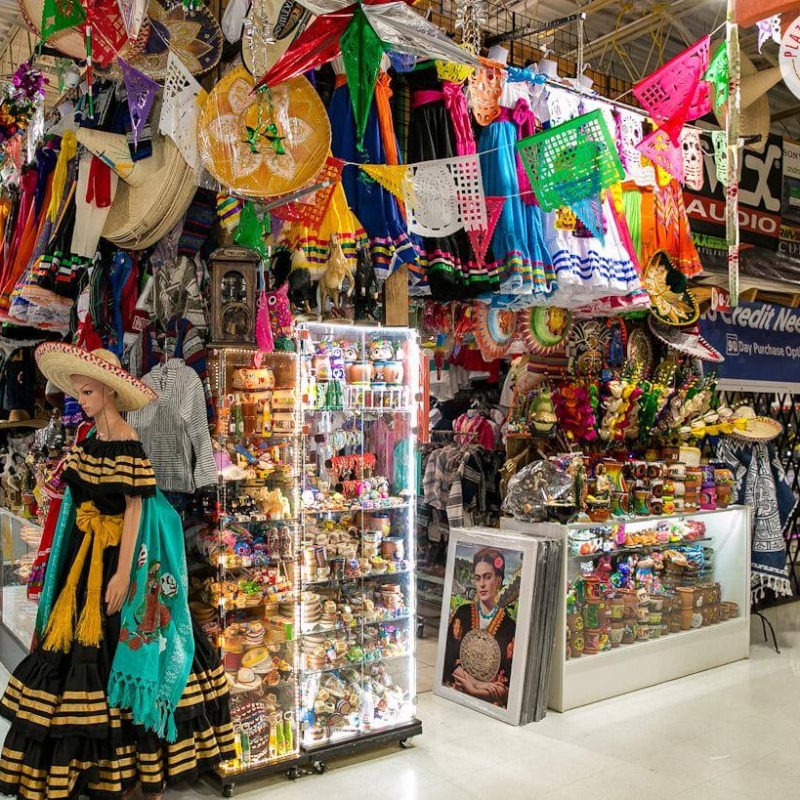
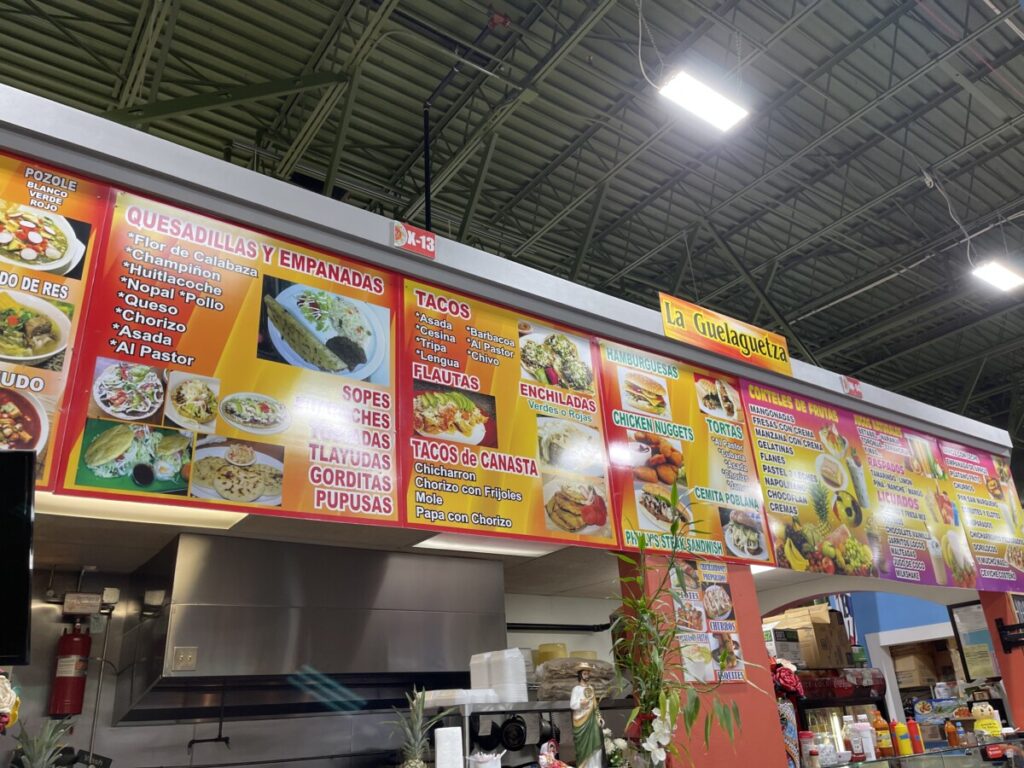
Appendix
All of the photos can be found on Plaza Fiesta’s website except for the sample menu I captured on our class trip to the Plaza.
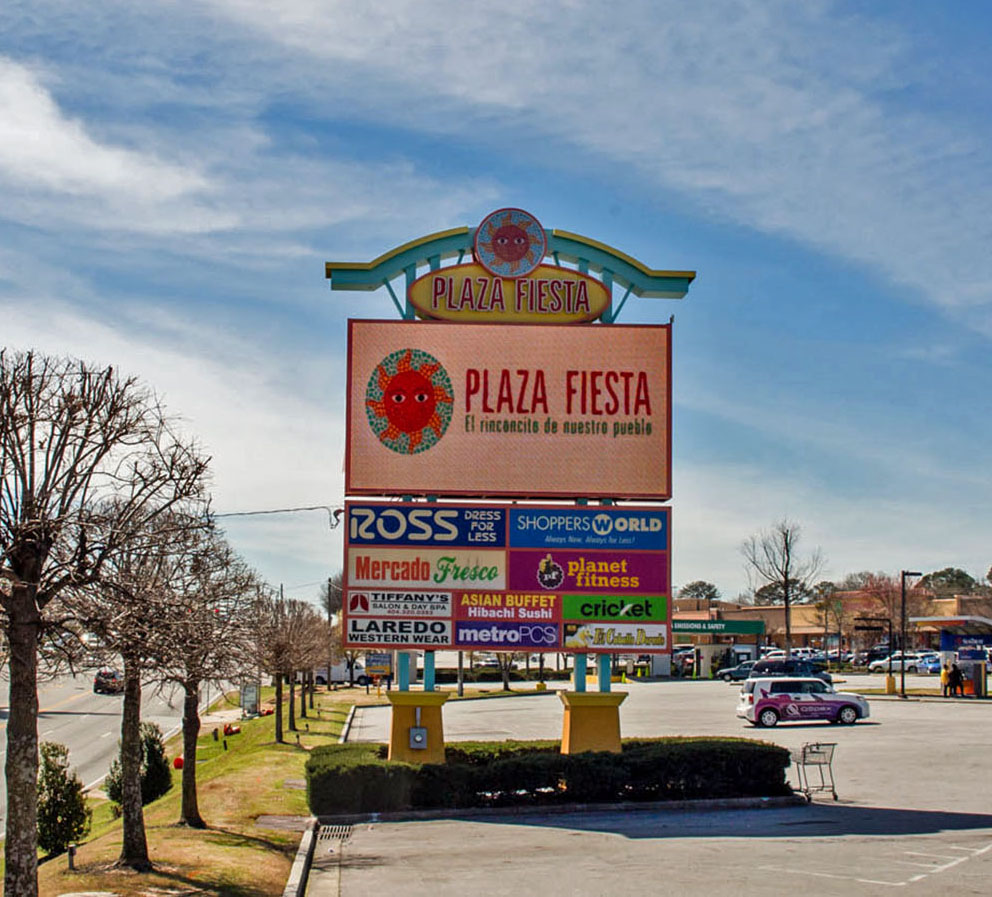

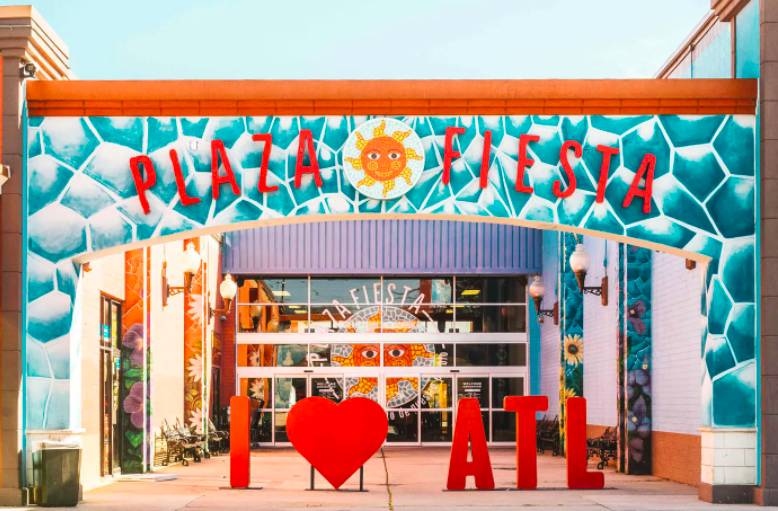
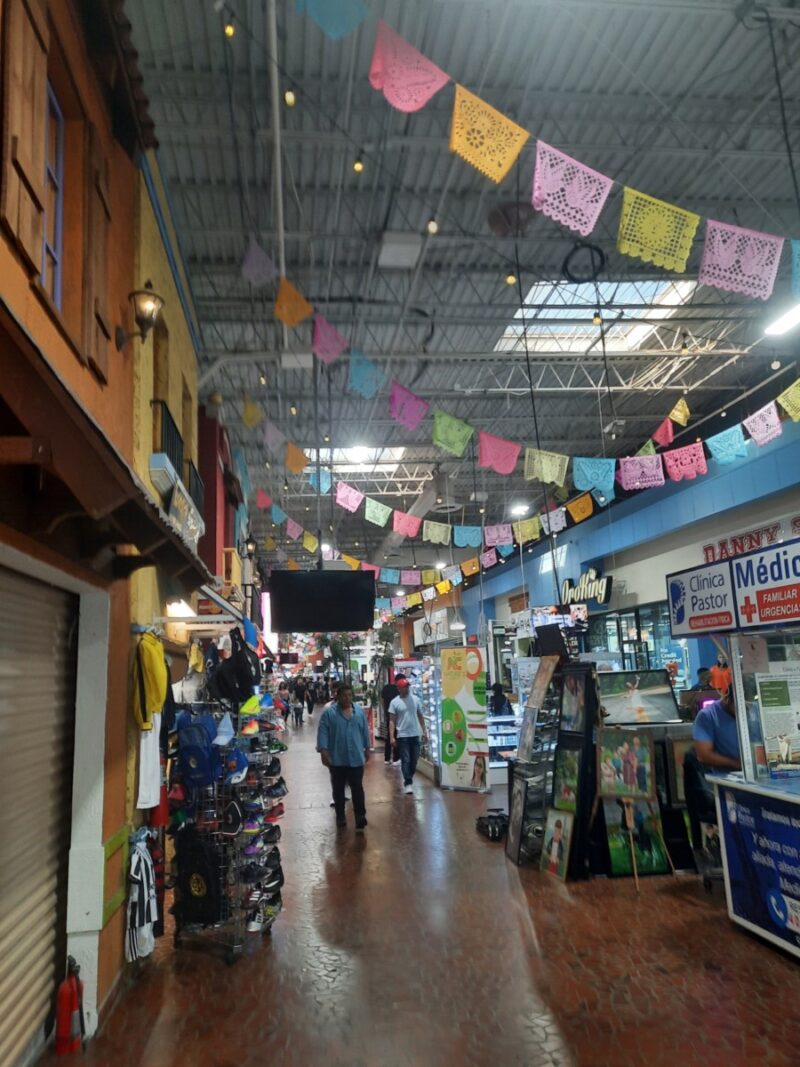
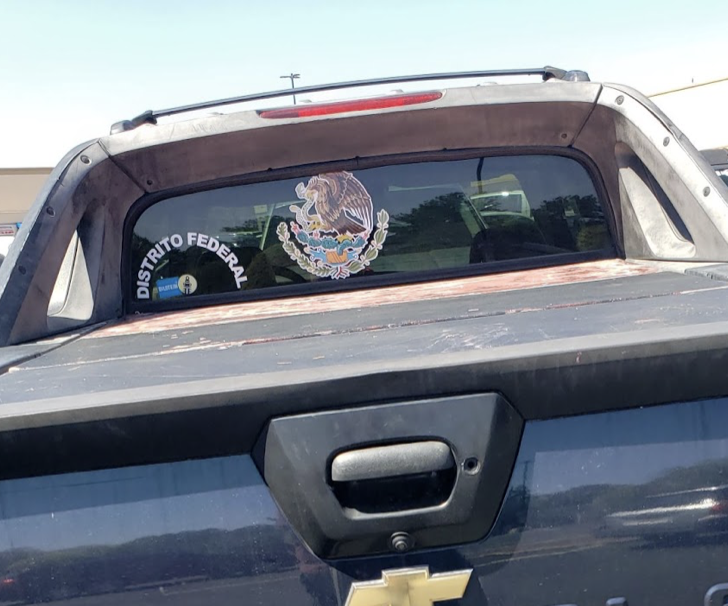
1 Comment
Add Yours →This is a really cool project! I was particularly struck by your use of the map to visualize the different parts of the place. And your comparisons of the main drag and the side areas were very interesting as well. Great work!